Storing food demands significant effort. As autumn sets in with its brisk, damp weather, tree squirrels diligently collect and stash nuts and seeds for sustenance during the cold months ahead. Moles, on the other hand, are occupied with capturing and immobilizing earthworms in subterranean chambers. Meanwhile, acorn woodpeckers are busy drilling holes and stockpiling as many as 50,000 acorns in designated "granary trees."
While many animals create some form of food reserve to endure the harsh winter conditions, only honeypot ants take the extraordinary step of storing their provisions within living members of their colony. As food becomes scarce above ground, a specialized group of these ants, their abdomens swollen from consuming nectar the whole season, keep the colony fed with their vomit.
These ants dedicate their lives to filling their abdomens with honey.
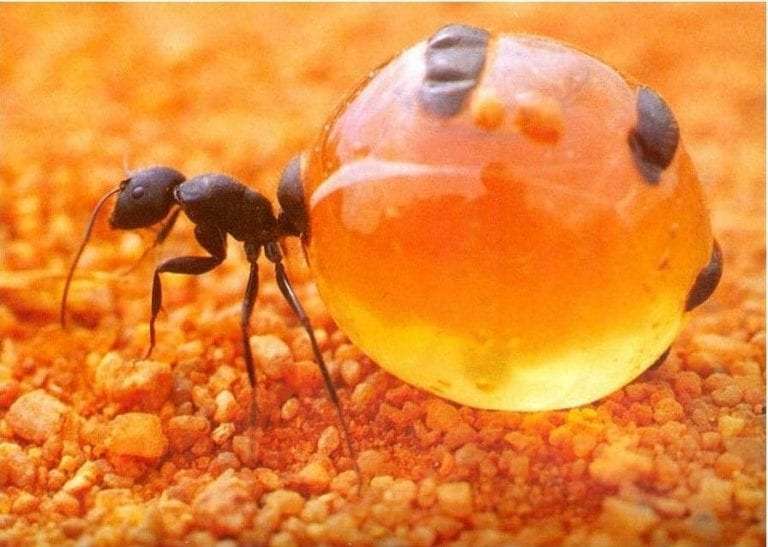
Approximately 1,000 ants out of a colony totaling 5,000 are recruited for a unique role within the honeypot community. These specialized ants, known as "repletes," serve as grotesque reservoirs, hanging largely motionless from specially constructed chambers. John Conway, a biology professor emeritus at the University of Scranton, who conducted studies on Myrmecocystus colonies found in desert-like regions of the American Southwest and Mexico, explains that these ants spend most, if not all, of their lives immobile within the nest, either receiving or providing nectar. Consequently, once the larvae or their fellow ants deplete their storage, they die.
They make the ultimate sweet sacrifice for their colony.
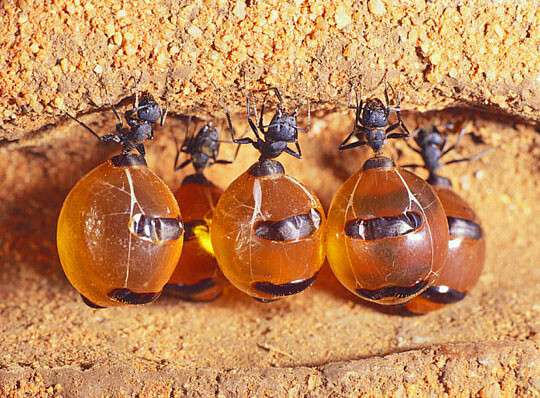
While many honeypot ants are filled with nectar from flowering plants and honeydew secreted by aphids, the valve-controlled digestive tract of a replete contains a variety of fluids beyond just these. "Most are a golden to dark golden color, but there are a few of them that are also milky in color, and some ants are clear," says Conway. "Some of them, we think, store water, and some may store dead insects brought into the nest." Collectively, these repletes offer a diverse nutritional resource for the colony.
In North American honeypot ant colonies, repletes don't start off in their distinctive form. Entomologists suggest that they hatch as regular worker ants and then undergo a self-sorting process later on. While typically the largest worker ants develop swollen abdomens, even smaller workers can undergo this transformation, although researchers are uncertain about the exact reasons why. Conway mentions that no evidence has been found yet to suggest "some kind of anatomical peculiarity" that predisposes certain ants to become repletes while others remain as workers.
Despite the uncertainty surrounding the process, this phenomenon seems to occur across different ant species and geographic regions. Ants from entirely different genera—spanning six continents, including Africa and Australia—exhibit strikingly similar physical and behavioral traits to researchers. Each group boasts a population of engorged repletes that contribute to nest nourishment during times of food scarcity.
They spend most of their life, immobile within the nest.
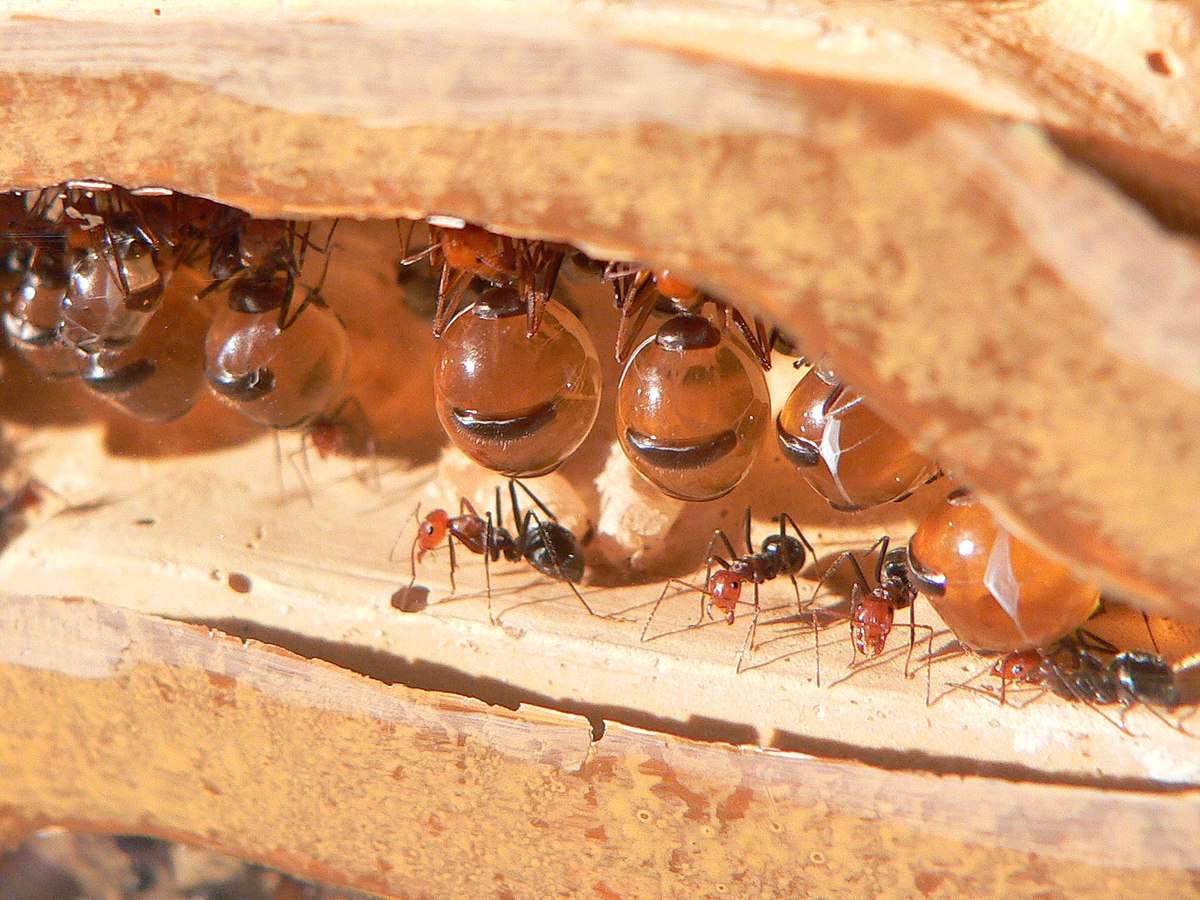
Conway describes this as a classic example of convergent evolution, where different species independently develop similar adaptations in response to comparable environmental conditions.
Among the notable species beyond North America is Camponotus inflatus, which thrives in Western Australia's arid landscapes. Similar to Myrmecocystus, Camponotus inhabits dry, desert-like regions where temperatures can plummet during the winter months. Like their North American counterparts, they are commonly known as "honeypot ants." Furthermore, akin to Myrmecocystus, the repletes of Camponotus serve not only to nourish their colonies during times of scarcity but also have been harvested by Indigenous communities in both regions for generations.
Once other ants consumes and depletes the honey, the ant dies.
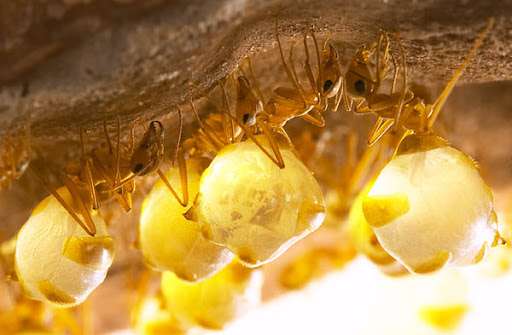
"Danny Ulrich, a member of the Tjupan language group whose family operates Goldfields Honey Ant Tours in Kalgoorlie, Australia, explains, "Traditionally, it was the women only who would find the honey ants and dig for them." Ulrich describes these ants as possessing a sweetness akin to molasses, with a subtle tanginess derived from the formic acid they release when threatened.
Records from the late 19th and early 20th centuries, based on observations in North America, indicate a similar appreciation for honeypot ants among Indigenous communities on the opposite side of the globe. Journalist Peter Lund Simmonds documented this in 1885 when he observed repletes being sold, attached to squares of paper, in markets of Mexico City. He even noted that the "honey" from these ants was occasionally fermented into an alcoholic beverage.
Indigenous communities long have used the nectar as both food and medicine.
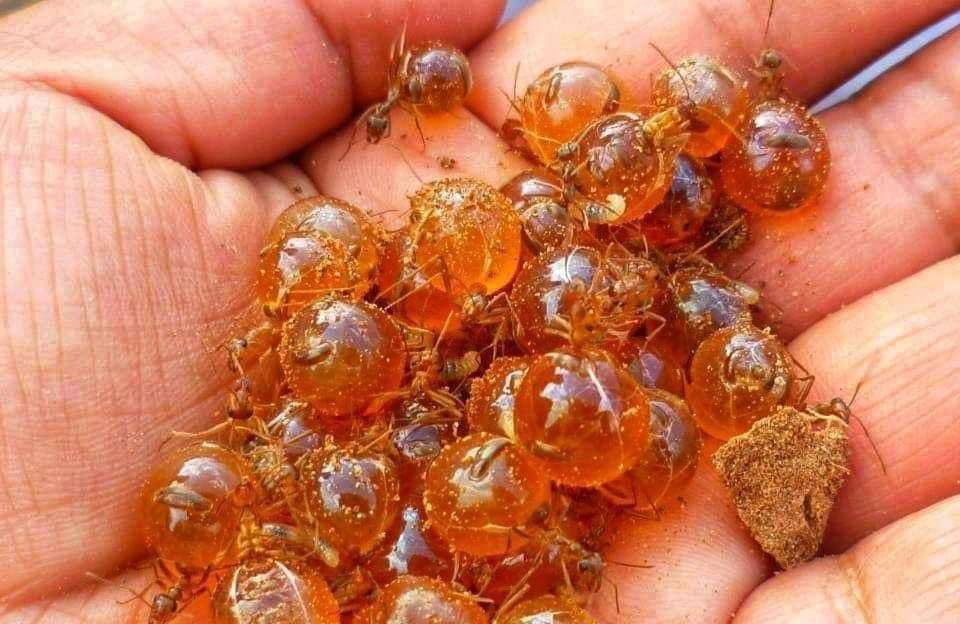
While the Tjupan people now consider consuming the ants a delicacy, traditionally, the thick, syrupy substance was utilized for medicinal purposes. According to Ulrich, it was applied topically to soothe sore throats or used on cuts and abrasions to prevent infection. Historical records suggest that Indigenous tribes in North America also employed honeypot nectar medicinally, although Conway has encountered difficulties in finding conclusive information about these practices. However, microbiologists recently provided a scientific rationale for the effectiveness of this remedy: the unique antimicrobial and chemical properties of honeypot ant nectar combat certain bacterial and fungal infections.
Ulrich expressed no surprise at the findings of the study, as he had assisted the researchers in locating a honeypot ant nest at the base of a mulga tree in Western Australia. This scenario isn't unique; it reflects a broader trend where Western medicine is gradually uncovering the natural secrets long known by Indigenous communities. Ulrich reflects on this, saying, "It's truly a blessing to follow in the footsteps of our ancestors." He emphasizes their respect for nature, ensuring they take only what they need from the honey ant nests, leaving ample for the ant colonies to thrive.
This practice of restraint holds immense importance for the survival of the species, particularly as Conway's recent research indicates a concerning trend in Colorado. Between his initial study at the Garden of the Gods in Colorado in 1975 and a follow-up survey conducted in 2018, there was a significant decline in the number of honeypot ant colonies in the park—by a staggering 58%.
People describe it as having a unique flavor: slightly fermented, acidic, and sweet.
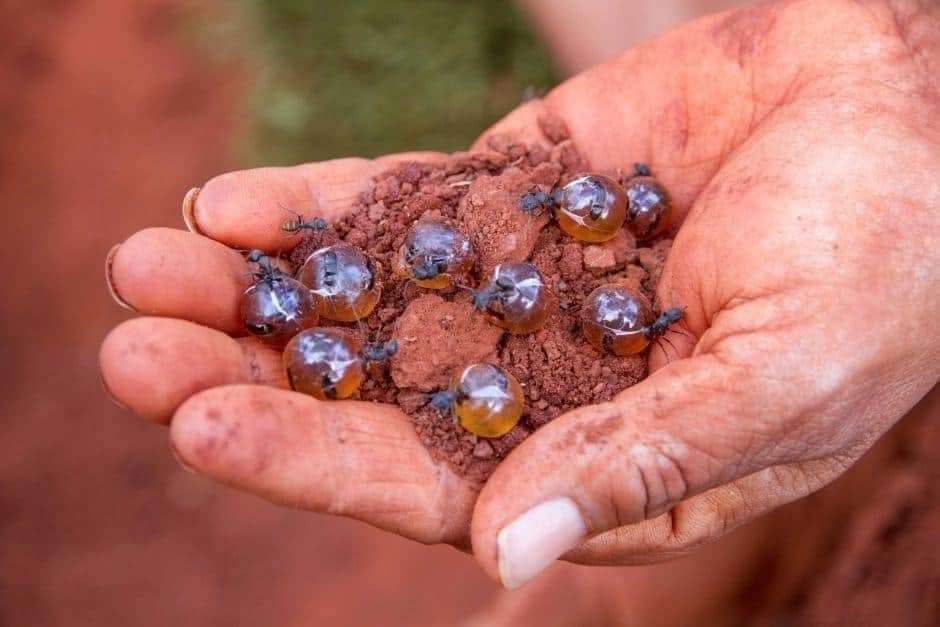
Conway suggests that climate change likely impacts honeypot ants, as it does with many other species worldwide. Additionally, increased tourism in the park and nearby development may also contribute to their decline. Conway points out that one of the research sites he studied in the 1970s has since been transformed into housing.
However, Conway made an unexpected discovery as well. Despite the challenges, eight of the nests he examined 43 years ago still existed. While it's impossible to determine if the same queens have been leading their colonies all this time, Conway expresses amazement, stating, "If that's not a record of nest longevity, it's close." This finding adds to the list of surprises from one of nature's most resilient insects, especially in the face of winter conditions.

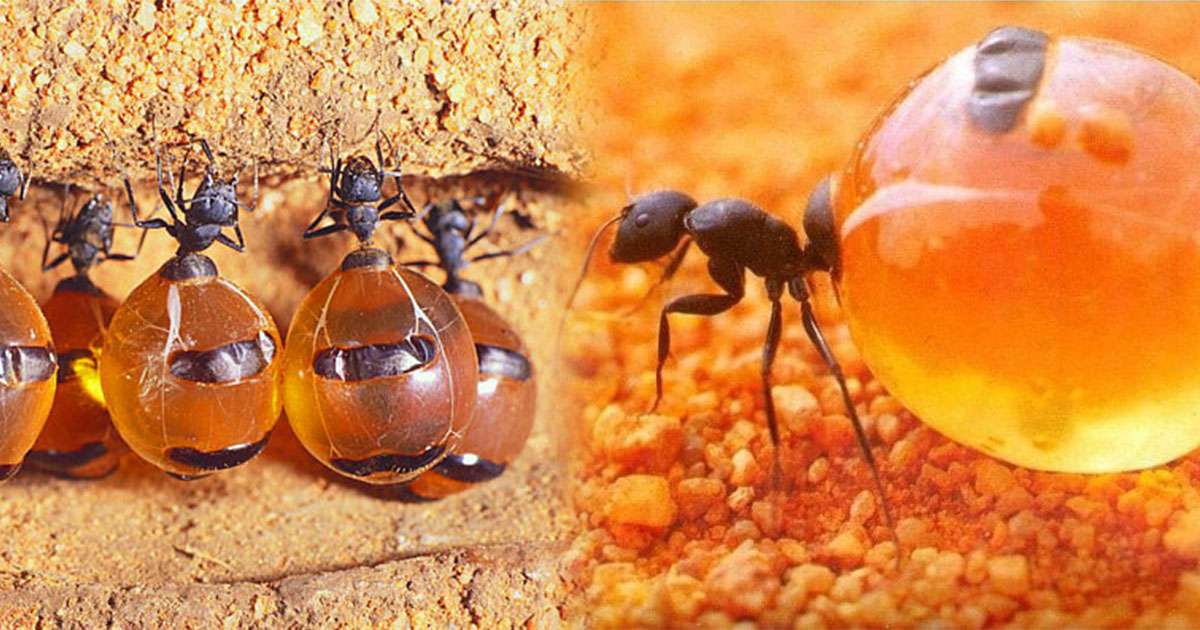












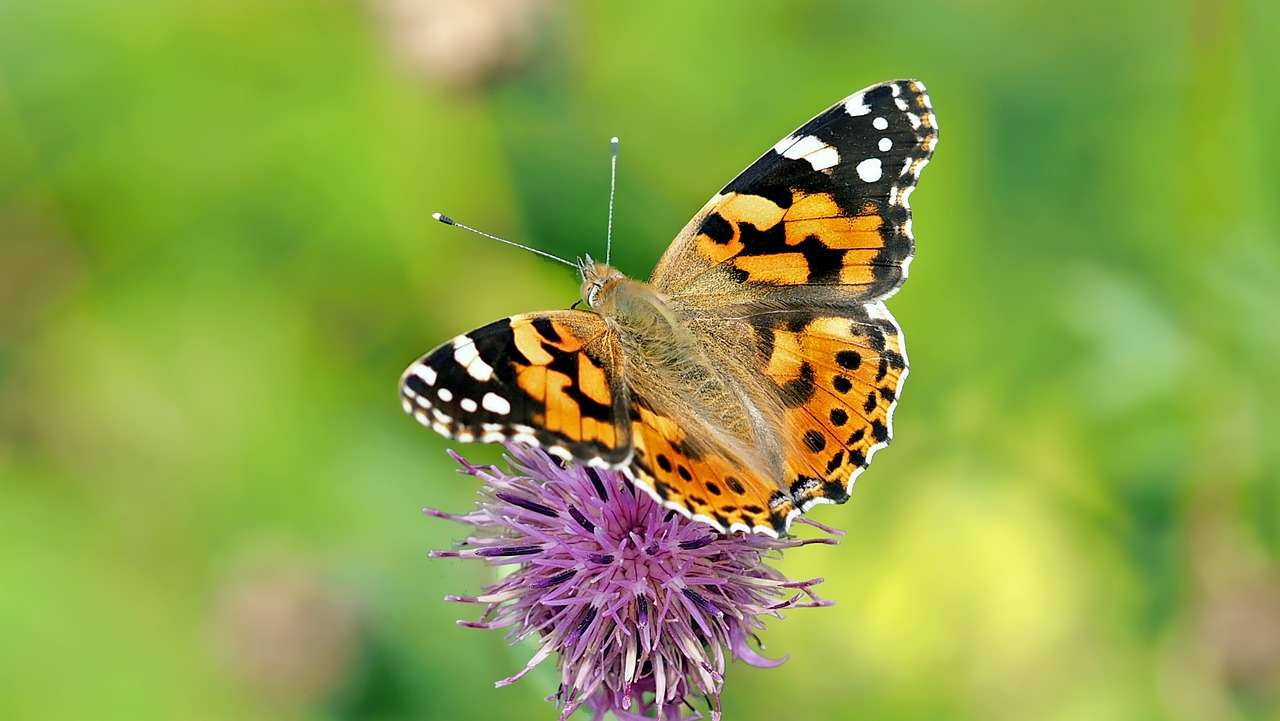

Be the first to comment